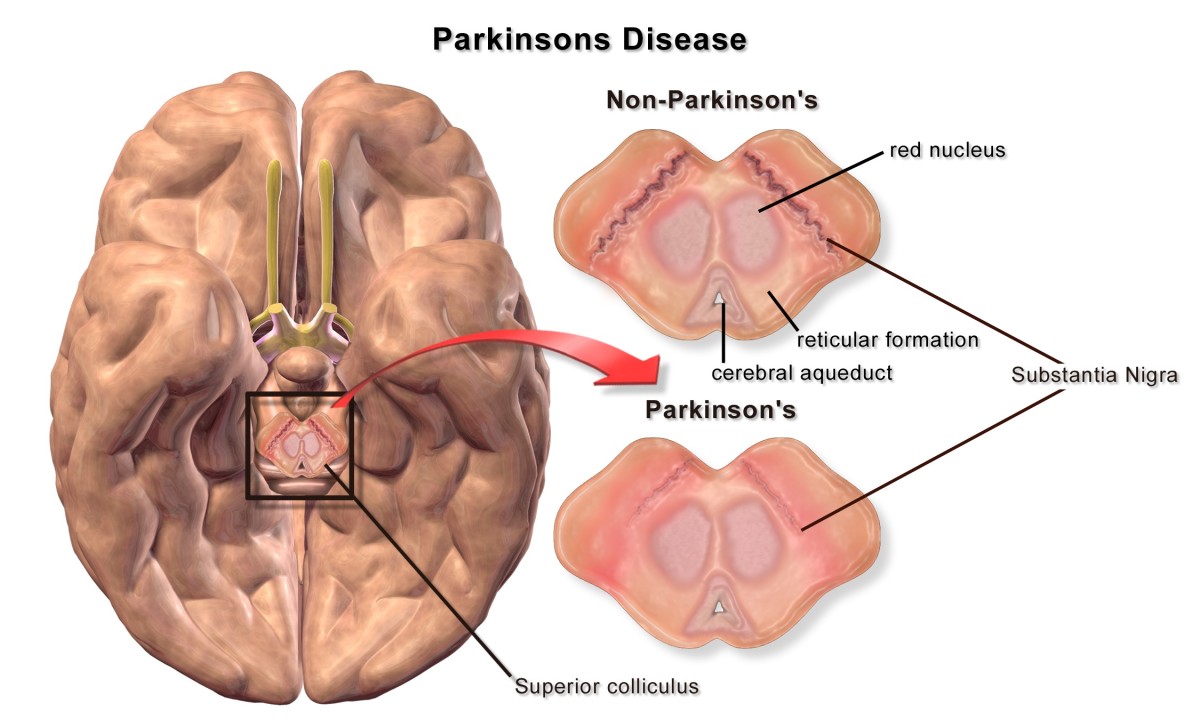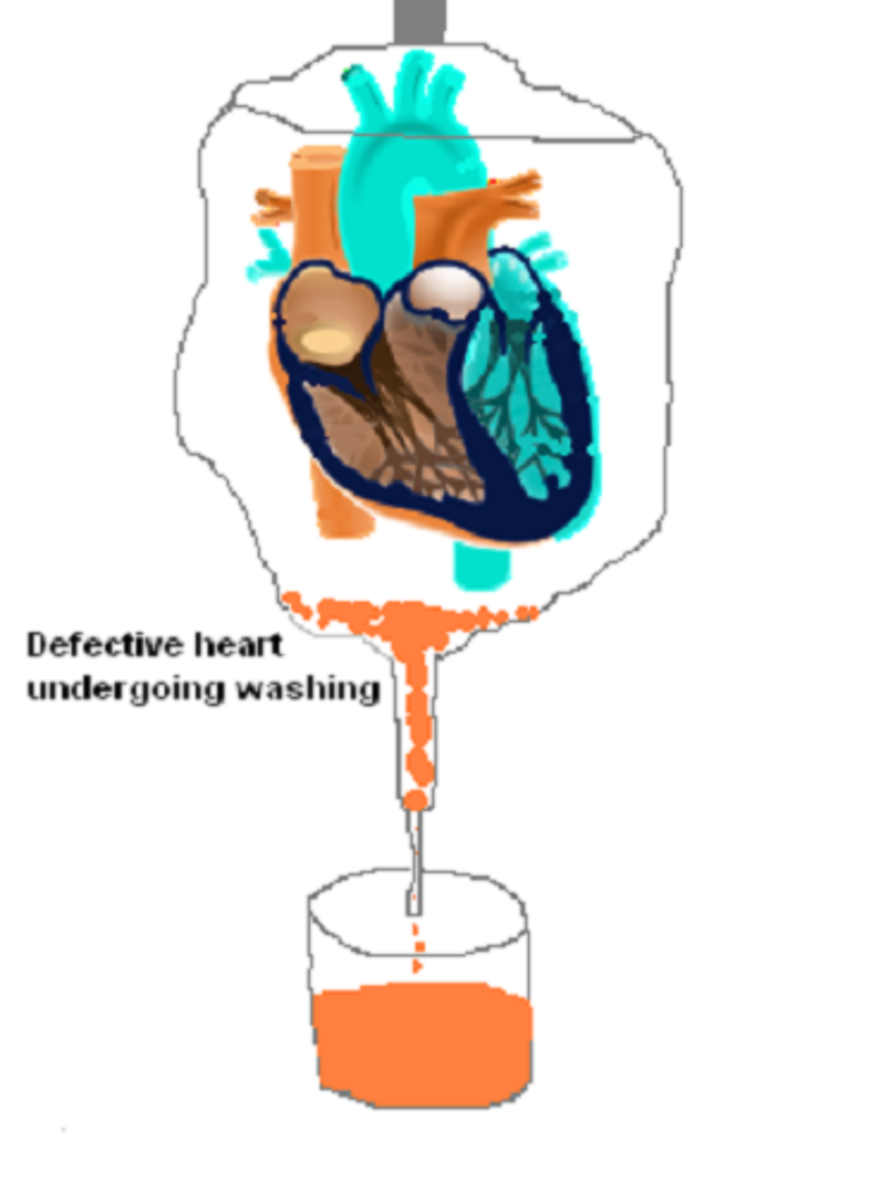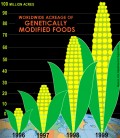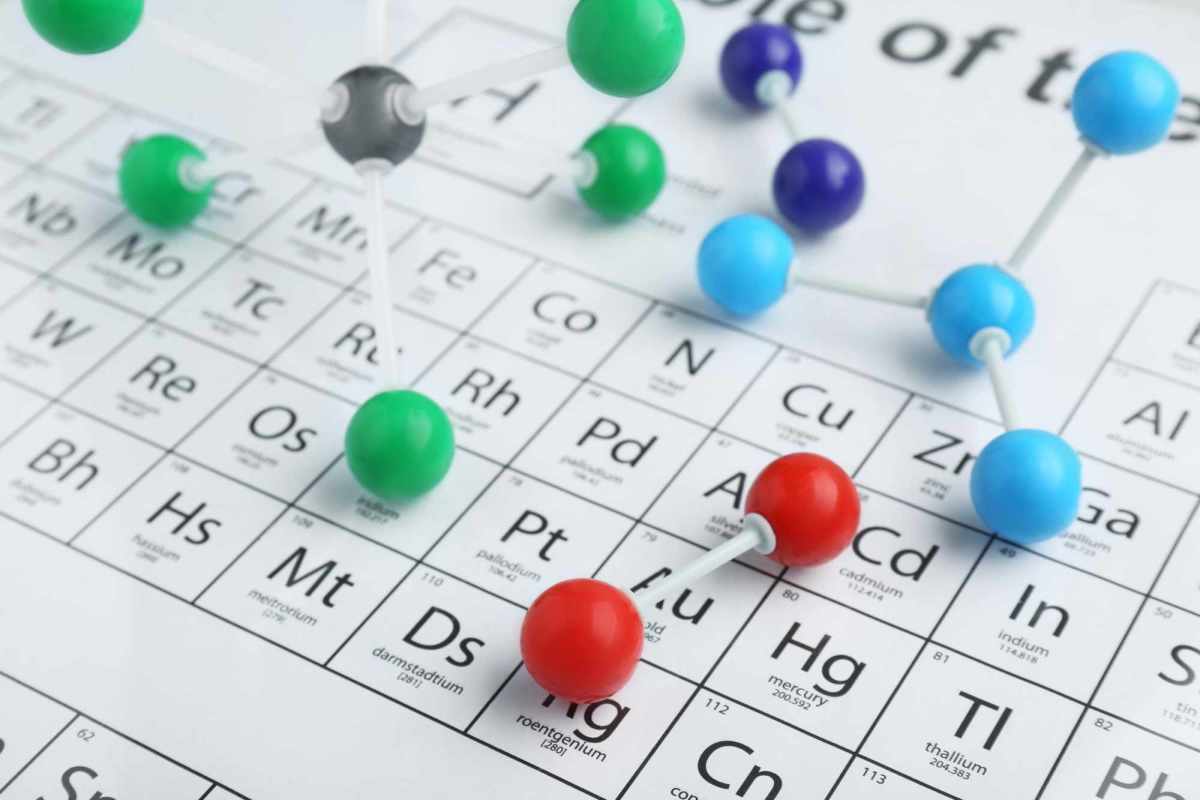Definition Genetic engineering and Properties of Embryonic and Adult Stem cells (Material and Methods)
[EDITOR'S NOTE: I had to write an exam on thess topics (in February 2012) and I hope it will help you as much as it did it for me.]
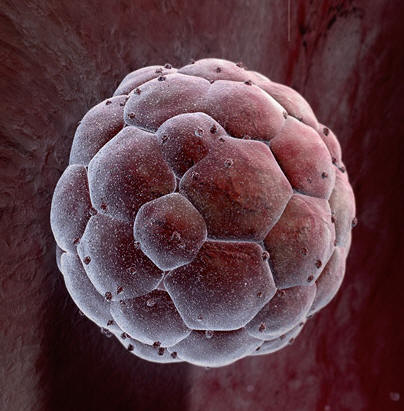
Stem Cells
Properties of stem cells: One major property of stem cells is that they have a self-renewal. This is an extremely important factor, since they are able to repair damaged tissues and divide infinitely. Another property of all stem cells is their unspecialized state. They must not perform a certain function and have to stay undetermined. The last characteristic is that all stem cells must be able to give rise into other cells. So they can specialize themselves and differentiate.
Potency: The potency tells the potential of a stem cell in how many different cell types it is able to differentiate and specialize. Here, I will present three different types:
Totipotent (Omnipotent): These stem cells are able to give rise and differentiate into all possible (embryonic and extra embryonic) cell types. The first few divisions of the zygote also consist of totipotent stem cells.
Pluripotent: These stem cells can give rise to nearly all possible cell types, namely into the cells of the three germ layers. This can be the heart, the nervous system, the eye and actually all organs, but also legs, hands etc.
Multipotent: These stem cells only can differentiate into those cell types, which they are closely related to resp. only in those cells, which are in the same tissue as the stem cells. This gives us a lot of different multipotent cell types, since they can be located into many different tissues in the human body.
Embryonic stem cells (ES): Those certain stem cells are directly from the blastocyst. They are derived from the totipotent cells and are therefore pluripotent. Their pluripotency gives them the ability to develop into every cell of the human body and they are able to replicate indefinitely. But how can a scientist identify an embryonic stem cell, since under the microscope, they are indistinguishable to the other cells? With a so called “characterization” process one is able to find the ES. Several methods are used in the laboratory in order to seek and find the ES.
-One can take a sample of cells and grow as well as subculture them. Those who remained undifferentiated have the ability of self-renewal and long-term growth.
-Another application to find the ES is to seek the important transcripton factors Nanog and Oct4. With the presence of those two factors their ability of dedifferentiation is ensured.
-Sometimes, chromosomes are examined. In a stem cell they should remain unchanged and undamaged at any time.
-To test the renewal ability one can expose the ES to extreme temperature conditions. If the cell is still able to grow and can be subcultured it is a very strong sign that this cell is an embryonic stem cell.
- One other way of figuring out if it is a stem cell or not is to test its pluripotency. The cell will differentiate spontaneously in a cell culture and afterwards, the cell will undergo manipulative changings in order to grow into the desired cell type. After successfully doing this, they are inserted into a mouse, which immune system was suppressed (the immune system would identify the newly introduced cell in the organism as an enemy). The consequence is that the lab mouse will get a tumor (Teratoma). This tumor, Teratoma, consists partly of differentiated cells and partly of more or less differentiated cells. This allows the scientists to see if that process can also allow the ES to grow into multipotent cells.
Stimulation of embryonic stem cells: How is it possible for an undifferentiated and unspecialized cell to become differentiated and specialized on one type of a cell? An embryonic stem cell remains in its undifferentiated and indefinitely replicable state as long as it has appropriate conditions in vitro. Should they begin to clump together they will soon build embryonic bodies which will differentiate and lose their former stem cell abilities. This is for sure of great interest to the scientists, since they can this way create many donor cells, for example, a heart or a liver in vitro. In order to achieve a controlled differentiation scientists in the laboratory are able to influence differentiation through some factors. The chemical medium in the dish can be altered and so will the behaviour of the cell. Also, one can introduce special genes to the cell, which would also modify the stem cell in what it will grow and how fast (through turning certain genes off and on). A last method scientists tend to do is to change the dish surface. It is an important factor in what the stem cells do lay if scientists try to have a controlled growth and in what the cells grow.
Adult Stem Cells
Adult stem cells:Adult stem cells also possess the ability of self-renewal and to give rise to other cells, as stem cells do. They are multipotent that means they can still develop into any cell, but they are restricted to the place in which tissue they are. Depending on their surrounding (already differentiated and completely specialized cells) they are able to give rise to the major cells in their tissue. For example, an adult stem cell that is located in the brain is very unlikely to give rise to a blood cell, but rather will it develop into a nerve cell.
They are found in more locations in the human body than expected (heart, brain, bones, gut, skin, teeth skeletal cells etc.). But their occurrence in amounts seems to be quite small and once they are extracted from the tissue, their dividing process is limited.
To determine which specialized type adult stem cells do, scientists sometimes mark them with molecular markers in living tissue (not in vitro). Then they remove the adult stem cells and transplant them into another living animal to see if they can carry out the same function as they did it in the original animal.
The multipotency of adult stem cells also can be reprogrammed in order to get an embryonic state-like. By introducing certain embryonic genes they will become induced pluripotent stem cells (iPSCs). They show very similar pluripotent activities and behaviour like normal ES do.
The normal way of differentiation of adult stem cells it that they give rise to a cell in which they are identical to shape, size, function and structure in the respective tissue. But there is a so-called transdifferentiation, where they can suddenly turn into a cell that is unusual for the tissue they are in. For example, an adult stem cell located in the brain can turn suddenly into a blood cell. This has been reported in animals, in humans not yet. Scientists assume this as very unlikely to happen and would only make up a minor part of all cell differentiations.
Embryonic stem cells vs. adult stem cells – advantages and disadvantages:
ES
| ASC
| |
Potency
| pluripotent, all cells in body
| multipotent, only cells from the same tissue
|
Growing them in the laboratory
| easy
| difficult, since after isolation, they stop dividing
|
Rejection after transplantation
| likely to happen
| rather unlikely. Cells can be taken out and ASC can be introduced to them in vitro and later reimplanted.
|
Potential uses of stem cells and their obstacles:
-Human stem cells yield information about the very complex events of differentiation (when a gene is turned on and off) happening in the body.
-New drugs can be tested before they are tested on living organisms.
-Cell based therapies could become possible. Through a controlled growth in vitro, many diseases could be cured like heart diseases or even Alzheimer’s diseases and many more.
Scientists have to consider many factors if they want to have a successful cell-based treatment:
-They must proliferate extensively and also generate sufficient amounts of tissue.
-They must be able to make the cell differentiate into the desired cell type.
-Cells have to be treated in such a way that they will survive in the recipient and not be rejected by the immune system.
-The cells must integrate in the surrounding tissue appropriately in the recipient after the transplantation.
-Once in the tissue, they also must function normally and not show abnormal activities what leads us to the next point, they must not do any harm in any way to the recipient.
Genetic Engineering
Definition: Transformation of the genome of a cell or an organism by adding or excising genes from its genome.
Terminology:
to transform : introduction of genes into a genome of a cell
transgene/transformed : an organism or a plasmid that contains genes of another organism
recombinant DNA : DNA that consists of pieces of the DNA of another organism
gene cloning : multiplying copies of genes, either in a vector or artifically
gene expression : production of the protein coded by genes (= realization of genetic information)
vectors : bacterial plasmids, bacteria and viruses which transport and introduce genes into the host cell
Basics in genetic engineering (what is needed):
- a donor gene (including control region so transcription can take place)
- methods to identify, obtain, multiply and insert the wanted gene
- a recipient organism/cell
- diverse enzymes ( to add “missing” nucleotides; to fuse inserted gene into the genome of the recipient)
- methods to find out if the gene has been inserted properly and is working normally
Material and Methods:
Genomic library of DNA : First of all, the DNA is extracted and chopped up with so-called restriction endoculeases (enzymes). Those enzymes can be found in bacteria (they use it as a protection mechanism against forgein genetic material from viruses). Those DNA fragments are inserted into vectors, which will produce many copies of the recombinant DNA (and therefore also of the DNA fragment).
making cDNA from mRNA : mRNA is extracted and then purified. With the help of retroviruses (retro: backwards) transcription is performed backwards (retroviruses possess the enzyme reverse transcriptase that enables them to perform transcription backwards). The mRNA is used as a template to build the nucleotides and after transcription a DNA strand has been created. The mRNA is destroyed and the single-stranded DNA is transcribed (or complemented) in order to have its double-helix state (-> cDNA). (click HERE for an animation)
The advantage of cDNA is that it does not have any introns, only exons. Thus, it is more stable than the mRNA and another advantage is, since vectors are prokaryotes, which do not contain any introns in their DNA, introns do not have to be removed anymore, since in cDNA they are already spliced out (mature mRNA does not contain introns either).
southern blotting technique : In order to find out a certain gene its base sequence has to be known, then the gene is labelled with the radioactive 32P. Also, restriction endonucleases are added to the gene probe and afterwards the restriction fragments are put in an electrophoresis gel, where they will be separated from each other. The gel contains many DNA fragments which are soaked in a sodium hydroxide solution in order to break down the double strands. The one stranded DNA is stuck on a nitrocellulose sheet, where an x-ray film will darken the sheet and show the wanted gene, since the 32P emits radiation.
Cloning the donor gene (Polymerase Chain Reaction-method): The original DNA is heated up to 93°C. Under such high temperatures, the double strands are easily broken down (melted) and the DNA is cooled down to 55°C. The hydrogen bonds are reformed in presence with excess primers, so two primer DNAs are formed by the process of annealing. the DNA polymerase re-synthesises the DNA in the 5’->3’ direction using the shorter primer ends, which were introduced previously. At 72°C the process takes place quite rapidly. That way, points can be selective.
Genetic production of insulin:
Insulin consists of A and B-chains which are hold together by disulphide bonds, where there is also a C-chain that connects the A and B-chains with each other on their ends. This gives us the proinsulin structure. In order to activate this and turn it into the actually desired insulin, the proinsulin is cleaved by a protease to activate the production of the active hormone. In an early method for the production of the recombinant insulin, the two chains were produced separately in bacteria. The A- and B-genes were placed under the control of a lac promoter, so the production could be switched on by using lactose as an inducer. After purification, the two strands are linked together through a chemical process to make the final functional insulin.
- School Notes: What is Cloning? How does it work? Hubpages
Some information about "cloning". You will find its definition and three types of cloning with an explanation how they work. Students may like to read this through for help.

